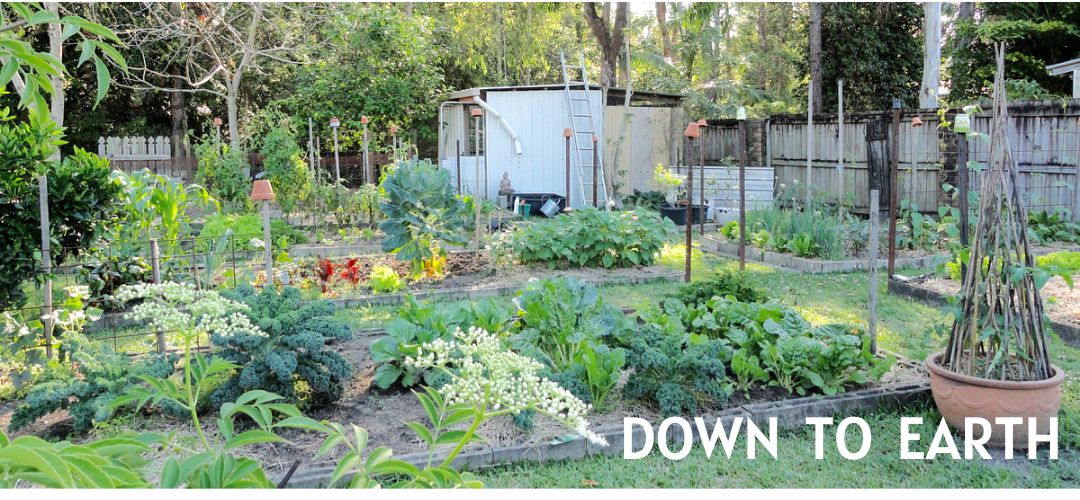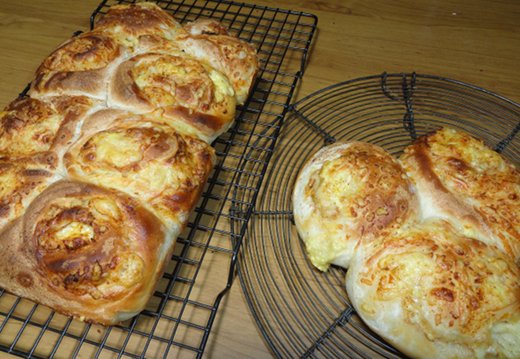If you were to cook your own meals from scratch, I doubt you'd add sulphites, nitrates, artificial colourings or flavours, gums or MSG, and yet they're common ingredients in foods on supermarket shelves. Some preservatives, like calcium propionate (282) in bread have been removed recently because of their effects on health, but there are many other additives remaining in the food we eat. These things are added to keep food fresh, to add colour, flavour and to replace certain food properties that are removed during processing. Some additives are harmless, some cause problems, some haven't been tested. If you buy processed foods or pre-prepared meals, it's a good habit to get into to read the labels and have some understanding of what you're reading.
One of the ways we can get around this is to buy unprocessed ingredients instead of food that has be modified in some way, or already prepared and cooked. If you can make meals using ingredients you know, such as vegetables, fruits, meat, chicken, fish, dairy products, pulses and legumes, you'll be as close as you can get to eating and serving food you can be sure of. Instead of relying on packets of powdered spice mixes and cans of soup to add flavour to your food, get to know the herbs and spices you have available and use them instead.
- Chop, slice, shred your food yourself.
- Caramelise meat, chicken, onions and vegetables - that alone will add a lot to the flavour of your food.
- Make your own seasoning mixes. Find recipes here.
- Be careful with fruit juice as well. It's much better to grow your own or buy oranges and squeeze your own juice, but if that is not possible, read the label carefully and buy cautiously. There have been news reports last week about insecticides in orange juice imported into the USA from Brazil another country and processed in America.
- Buy in season; fruit and vegetables in season are usually cheaper and fresher.
- Buy cheaper cuts of meat, like shoulder of lamb or pork instead of the leg, and chuck steak, skirt steak, gravy beef, shin beef. All these cuts contain cartilage that break down with long slow cooking to give you natural gelatine in your food. That is very good for you. There's more to be read about this is the excellent book Nourishing Traditions. Use your slow cooker or a casserole dish in the oven to slow cook a double batch. Freeze the second portion. We buy our meat in bulk from a local family butcher. We usually buy a hind quarter of beef which will see us through several months. It costs $7.95 a kilo (2.2lbs) and is local meat from the butcher's own farm. Obviously that is the ideal and not everyone has that luxury but you can ask about the meat you buy. If you ask questions you'll learn more and will be less likely to buy inferior meat.
- Stockpile - this will support you cooking from scratch. A cupboard full of ingredients will see you through not only your daily meals and snacks, it will be an insurance policy for those times when you don't have the time or energy to shop, when you have increased expenses one week and run short of cash or if there is a community emergency such as a storm, flood or fire.
- Use your leftovers. Learning how to deal with leftover food can stretch one meal into two or at the very least will provide a lunch the following day.
- Take your lunch and drinks to work or school.
- “Don't eat anything your great grandmother wouldn't recognize as food. "When you pick up that box of portable yogurt tubes, or eat something with 15 ingredients you can't pronounce, ask yourself, "What are those things doing there?" Michael Pollan says. So if you eat grains for breakfast, forget the Corn Flakes, Coco Pops and Cherrios and go for oatmeal or semolina instead. Don't buy instant oats (or instant anything), buy rolled or cut oats or barley, soak them in water overnight and cook them in the morning.
Cooking food isn't one simple task. It's a series of steps that will see you buying, possibly growing, cleaning, preparing and cooking the food you eat. How do you go about it? Can we turn this list of ten into 100 essential tips?




